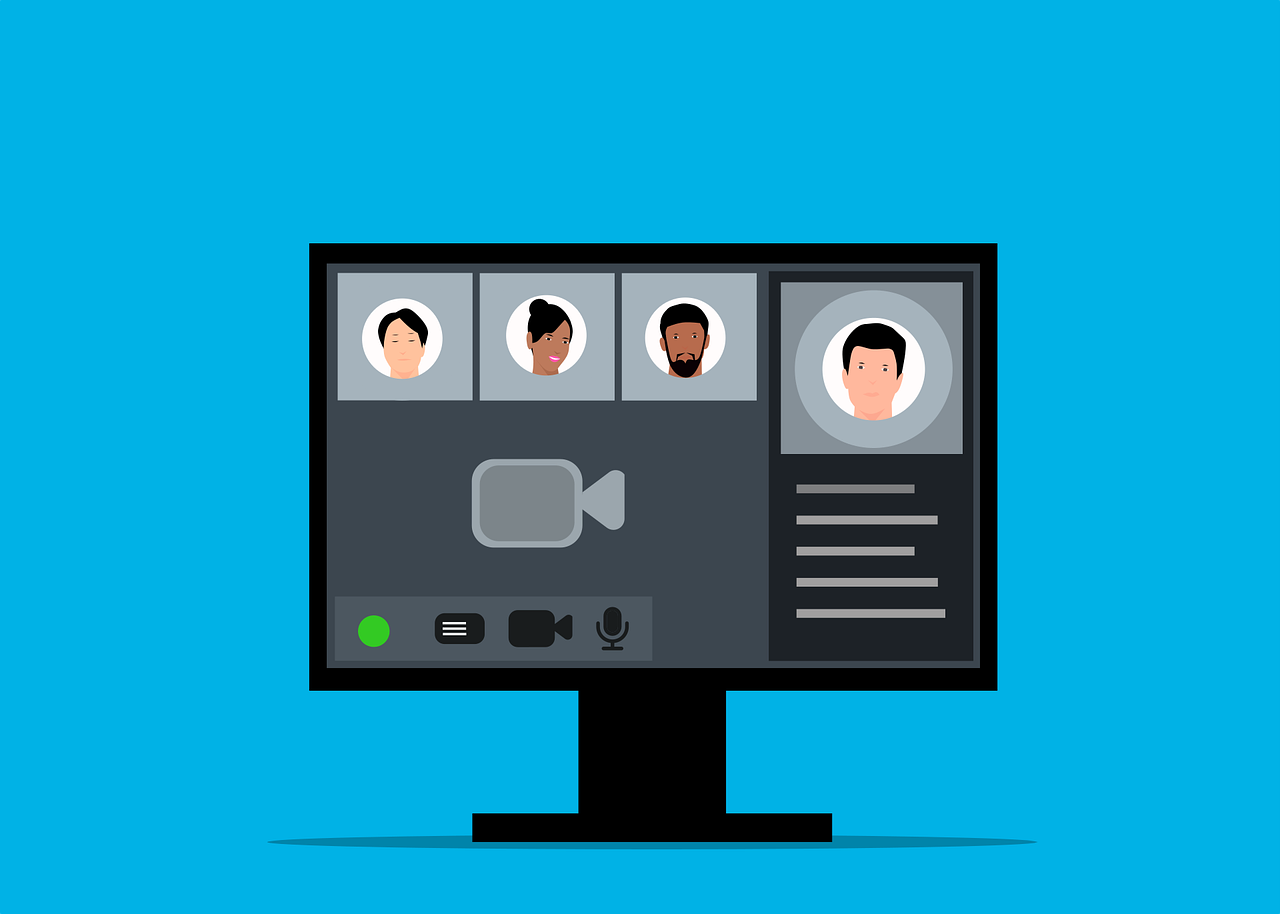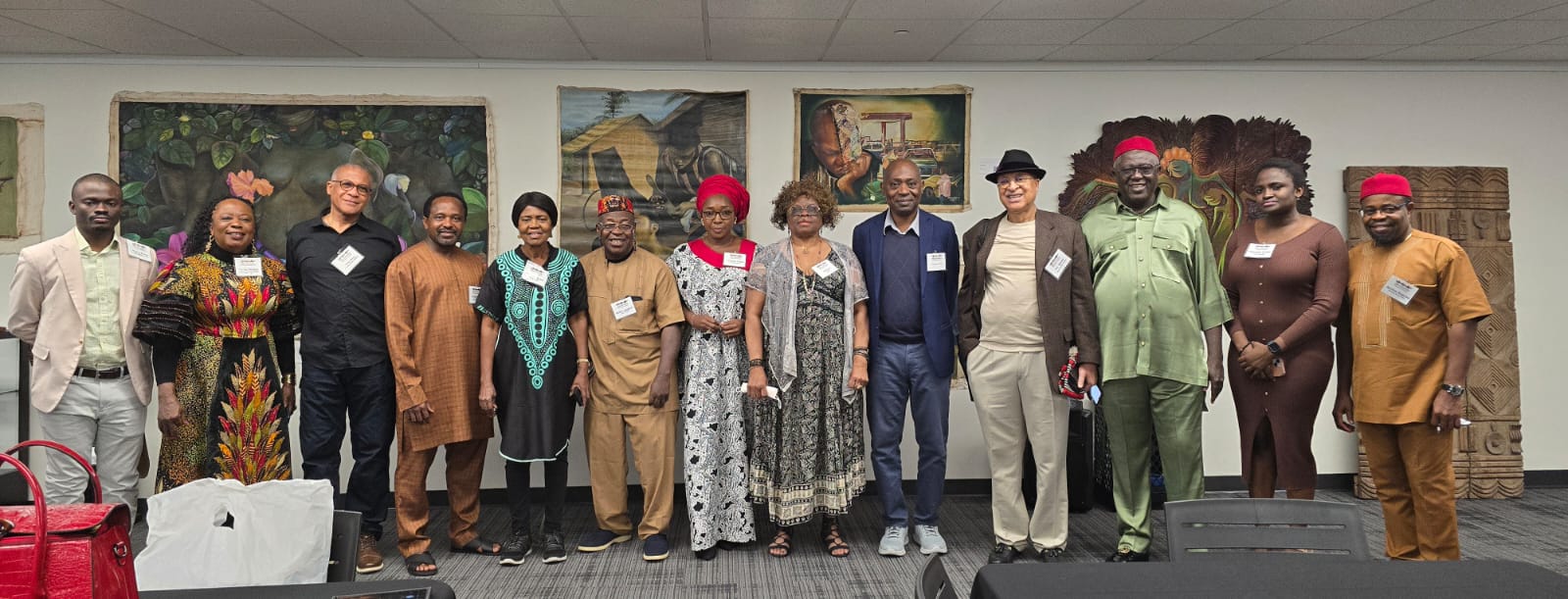
FAQs and Tips For Panel Chairs
The following tips were adapted from the Southwest Popular/American Culture Association.
What duties are expected of me as a panel chair?
As a panel chair, you have three primary duties:
1. introducing the presenters in a session,
2. keeping time during the session, and
3. facilitating the question (Q) and answer (A) at the end of the session.
Your panel will have four to eight presenters. Depending on how many presenters in your panel, please give 10 to 15 minutes to each presenter to present their papers.
We have asked the presenters to prepare a video presentation ahead of time. Please support them to play their video. Please note that the 10 to 15 minutes allotted includes time for reading the paper and/or playing clips, etc. Two or more people presenting a co-written paper are allotted the same amount of time as an individual presenter.
Should I give the presenters time signals?
Yes. Please alert presenters when they have 5 minutes remaining and again when 2 minutes remain, although you may indicate other times at your or a presenter’s preference. Please advise presenters ahead of time that at the 2-minute warning, the presenter should start to wrap up his/her argument. Before the panel begin, as part of your introduction, please convey to presenters how and when you will give them time signals.
Who keeps time for me when I am presenting my own paper?
You may keep time for yourself if you are comfortable doing so. However, many individuals find it easy to lose track of time while presenting. In that case, please ask another panelist to give time signals during your own presentation. Please make this arrangement as part of your introduction before the panel begins.
If a presenter runs out of time but has not finished presenting, what should I do?
You do not have to stop the presenter at exactly 10 minutes. However, if you have indicated to the presenter that her/his time is expired but s/he does not immediately conclude (say within a minute or so), you can and should kindly interrupt the presenter and verbally ask her/him to finish quickly so that the other panelists will have time for their presentations. If you are the presenter who runs out of time, please adhere to the time guidelines.
Can presenters in my panel switch the order of their presentations?
Presenters should adhere to the printed order of presentations in a given panel. Of course, if a presenter is late/absent or there are extenuating circumstances, you may switch the order with the other panelists’ agreement and at your discretion.
How should I introduce my panel’s presenters to the audience?
The program on our website contains the title of the paper, the presenter’s name and institution. This is enough to introduce the presenter to the audience. Please join the virtual conference room early and meet the other panelists and make sure you know how to pronounce their names, titles, etc. Introductions should be brief.
What do I do if a presenter does not show up?
After the panel, let the Program Director know by email ([email protected]) that the presenter did not attend.
Should the Q & A occur after each presentation or at the end of the session?
At the end of the session! Please ask the audience to hold all questions until all panelists have presented. This provides a richer discussion time, and it prevents enthusiasm for discussing one presenter’s paper from causing other presenters to run out of time.
What is expected of me during the Q & A session?
Given that all the presenters keep to time constraints, there will usually be 20-30 minutes at the end of each panel for questions. As chair, you will moderate the Q & A, which means you will “call on” audience members who have questions. You should also prepare a backup question or two about each presentation to ensure that all presenters are included and addressed in the Q & A. Sometimes the audience will be very excited about one presentation and ignore the others. It is appropriate for you to ask if there are questions for other presenters (and ask your own if there are not), even if there are remaining questions for the presentation that has already received questions. Further, if an audience member or panelist begins to dominate the Q & A, you should thank that person for their contributions and then redirect the conversation to ensure all are able to participate.
What do I do if the session time ends but the Q & A is still going strong?
Please be aware of the starting time for the next round of sessions. Only 120 minutes have been allotted for this panel. If you do not round up by the end of that allotted time, when the chair of the next conference logs in, your session will be forced to terminate. Even if your session started late or there is great enthusiasm during the Q & A, you need to dismiss the panel at its scheduled conclusion time. This prevents attendees at your session from being late to the next session.




